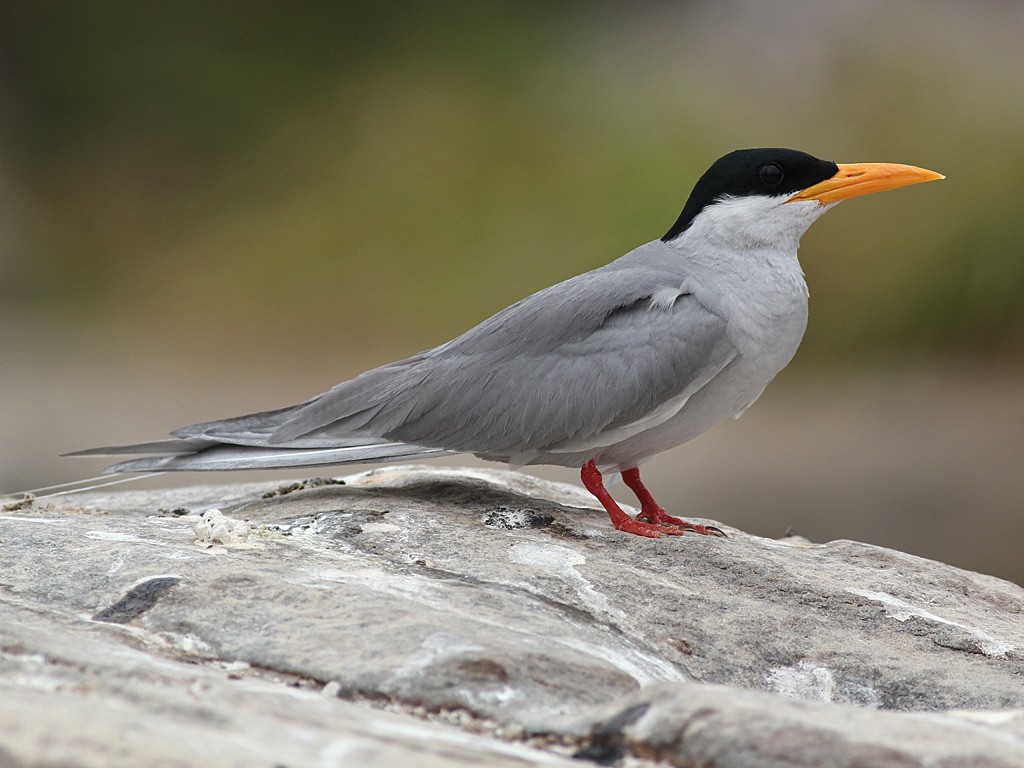River Tern
A species of Typical Terns Scientific name : Sterna aurantia Genus : Typical Terns
River Tern, A species of Typical Terns
Botanical name: Sterna aurantia
Genus: Typical Terns
Content
Description General Info
 Photo By Swardeepak , used under CC-BY-SA-4.0 /Cropped and compressed from original
Photo By Swardeepak , used under CC-BY-SA-4.0 /Cropped and compressed from original Description
The Indian river tern or just river tern (Sterna aurantia) is a tern in the family Laridae. It is a resident breeder along inland rivers from Iran east into the Indian Subcontinent and further to Myanmar to Thailand, where it is uncommon. Unlike most Sterna terns, it is almost exclusively found on freshwater, rarely venturing even to tidal creeks. This species breeds from March to May in colonies in less accessible areas such as sandbanks in rivers. It nests in a ground scrape, often on bare rock or sand, and lays three greenish-grey to buff eggs, which are blotched and streaked with brown. This is a medium-sized tern, 38–43 cm long with dark grey upperparts, white underparts, a forked tail with long flexible streamers, and long pointed wings. The bill is yellow and the legs red. It has a black cap in breeding plumage. In the winter the cap is greyish white, flecked and streaked with black, there is a dark mask through the eye, and the tip of the bill becomes dusky. The sexes are similar but juveniles have a brown head, brown-marked grey upperparts, grey breast sides and white underparts. The bill is yellowish with a dark tip As with other Sterna terns, the river tern feeds by plunge-diving for fish, crustaceans, tadpoles and aquatic insects in rivers, lakes, and tanks. Its numbers are decreasing due to the pollution of their habitat. 
Size
46 cm
Nest Placement
Ground
Feeding Habits
River Tern's diet consists of fish, small crustaceans, insects, and occasionally frogs. Specialized in plunge-diving, river Tern captures prey with precision, showcasing unique dietary preferences.
Habitat
The river Tern primarily nests on sandy islands located within freshwater lakes and rivers, with a preference for avoiding mainland breeding sites. This species typically forages over fresh bodies of water and is infrequently found along coastal areas, favoring estuaries and mudflats for feeding when in these habitats.
Dite type
Piscivorous
General Info
Feeding Habits
Bird food type
Species Status
Not globally threatened.